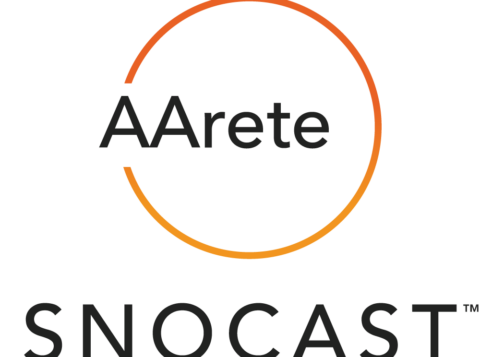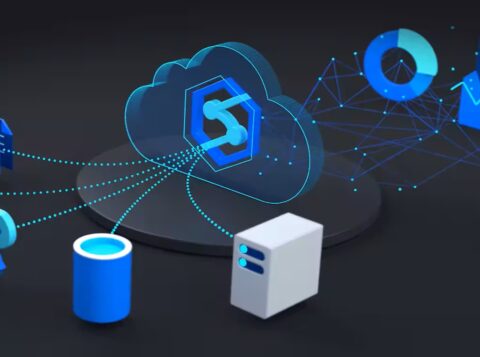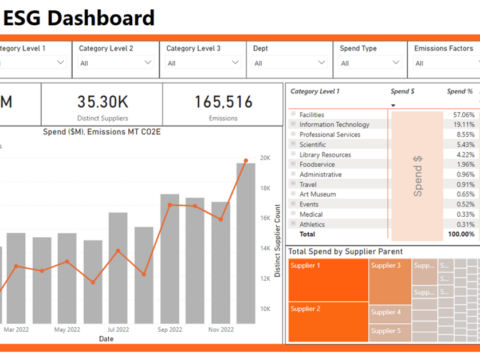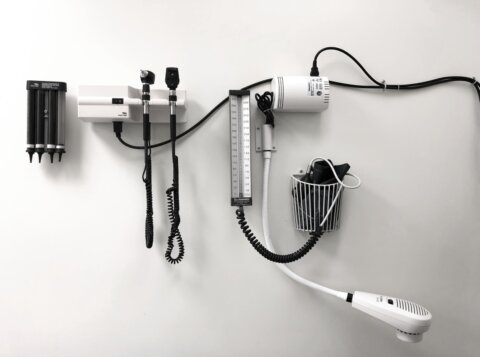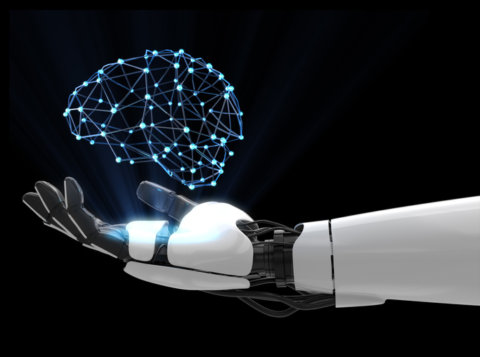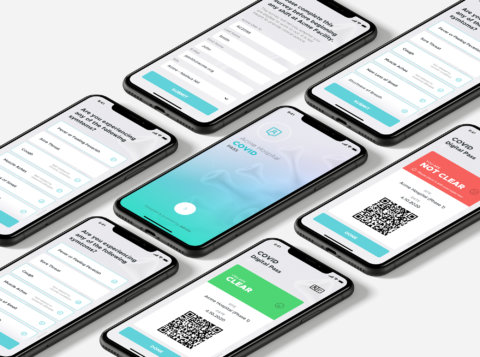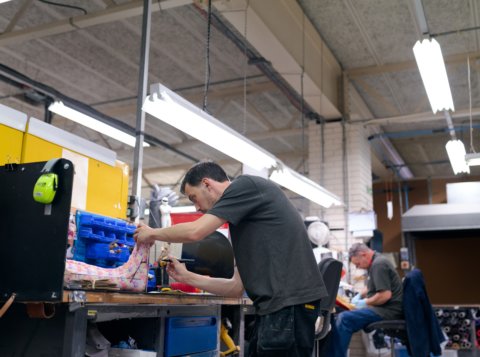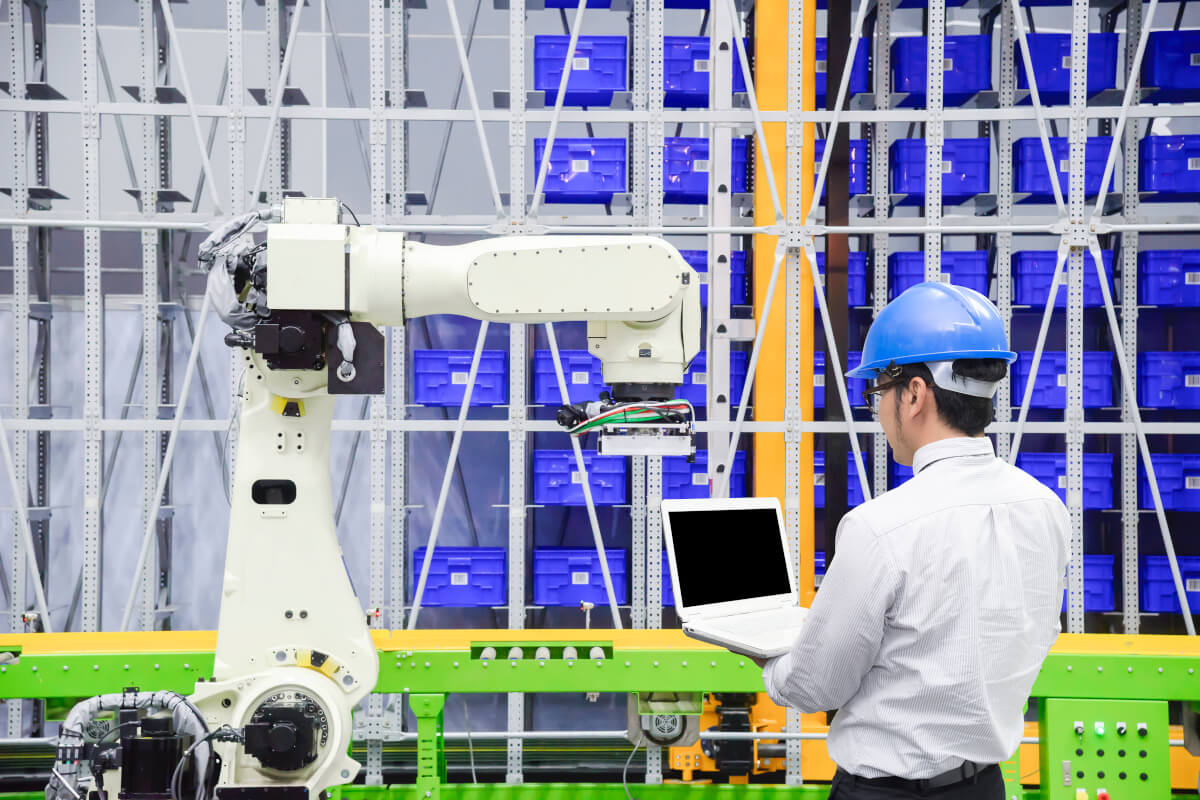6 Ways Higher Education Can Use AI to Improve Operational and Financial Performance
This is an AArete Higher Education insight
Artificial intelligence (AI) is here to stay, and higher education leaders have an enormous opportunity to use the technology to enhance the operational and financial performance of post-secondary institutions in our country.
The debate at universities about the pros and cons of AI on society has been going on for decades, and technology has been the focus of countless experiments and research projects in computer labs. Little work has been done, however, to prove business use cases of AI.
Members of our team, for example, recently attended several higher education industry professional conferences for chief financial officers and business administrators. There was not a single session devoted to AI as a business tool.
The mood is starting to shift, however, largely due to the popularity of ChatGPT, the natural language model chatbot developed by OpenAI that has captured the world’s interest. Every day there are news stories or research published about how ChatGPT and similar services are becoming part of our everyday lives. Unsurprisingly, C-suite executives have taken notice. A recent survey by Gartner found that 45% of executives said the publicity surrounding ChatGPT “prompted them to increase AI investments.”
The drive to improve operational efficiency is gaining momentum in higher education. Why? For starters, universities across the country are facing significant financial pressure. The surging cost of a college education limits the ability to raise tuition fees. That challenge is compounded by the fact that post-secondary education institutions are facing an enrollment cliff. College enrollment is estimated to decline by 15% or more in about half of the country’s states by 2029, according to research by Nathan Grawe, an economics professor at Carleton College.
At AArete, our higher education consulting team believes AI will become an indispensable tool to accelerate business automation and process improvement. It will also provide leaders with a more powerful, analysis/decision-making tool to review large, complex data sets to help universities become more efficient.
The powerful combination of AI and automation technology can improve business performance by reducing time and resources spent on a wide range of operations processes, including facilities management, accounts payable/accounts receivable management, budgeting and forecasting, and student advising. Here are six areas where we see AI having the greatest impact in the shortest amount of time:
1. Business Function: Facilities Management (Repairs, Maintenance, Capital Projects)
Current State: Processes and information technology systems vary wildly among universities. Plant/property/equipment (PPE) departments at most large institutions use enterprise-level computerized maintenance management systems (CMMS) to manage operations. Smaller universities often rely on local knowledge and historical work-order information to manage maintenance, repairs, and capital projects.
Practical Application: AI can dramatically improve PPE management in several ways. The technology can analyze historical data and predict repair and maintenance needs to help universities save money by avoiding costly breakdowns. AI can also help in PPE budgeting by reviewing historical costs across all assets so managers better allocate funds.
2. Business Function: Facilities Management (Inventory)
Current State: At a majority of universities, inventory management, and work-order preparation tasks are performed manually, usually driven by a technician’s guidance and without supporting analytics or the inclusion of break/fix maintenance history. Generally, there are no minimum order requirements or parameters for when parts should be ordered. The result is costly delays in maintenance operations and excessive inventory build-up.
Practical Application: AI can analyze historical costs and inventory levels and be integrated into project workflows to predict maintenance needs and help ensure continuous operations that can limit asset downtime. The algorithms coded into AI can also continuously learn from historical trends to fine-tune and adjust inventory levels as needed to minimize the carrying costs of parts and supplies.
3. Business Function: Budget Forecasting and Planning
Current State: Budgeting is a meticulous, collaborative process involving multiple stages and departments, and is often performed manually using decentralized spreadsheets. Most employees involved in the process do not have formal training in using business intelligence tools to automate data collection and reporting.
Practical Application: AI can automate the process of compiling and analyzing data by creating budgets that factor in student enrollment projections, faculty and staff salary expenditures, plant/property/equipment outlays, research funding investments, and other operational expenses. The technology can create dashboards to visualize the data for decision-makers to ensure spending is allocated correctly.
4. Business Function: AR/AP Management
Current State: Managing accounts receivable and accounts payable is generally a time-consuming process involving many suppliers who do not have electronic data interchange capability. AR/AP accountants often must manually match and approve invoices and purchase orders.
Practical Application: For simple transactions (bills to be paid, invoices to be issued for university services), AI can automate the process by matching, paying, and recording payments. For more complex projects, AI can review contract terms and the scope of services, identify areas that are incomplete within the billing/invoice documents, trigger approvals, and initiate payments when services are fulfilled.
5. Business Function: Purchase Card Compliance
Current State: Experienced employees are typically assigned to review purchase card (p-card) transactions to identify potential fraud or compliance breaches. It is a manual process that is labor intensive and prone to missing unauthorized or fraudulent transactions.
Practical Application: AI can be programmed to identify in real-time any duplicate, fraudulent, or non-compliant P-card transactions and look for patterns of potential misuse or abuse. As a result, oversight employees will spend less time verifying transactions and more time investigating potential compliance risks.
6. Business Function: Student Advising and Risk Planning
Current State: Advisors play an important role in counseling students on which major to choose, recommending classes, and helping them stay on track to graduate. It is a labor-intensive, personalized process and at most universities, little is done to predict the likelihood of student success for newly and currently enrolled students.
Practical Application: AI can materially enhance the process by analyzing vast amounts of data (class attendance, grades, historical graduation rates) to create a customized plan that will identify potential roadblocks to graduation, helping students stay on track.
The business case uses of AI are being proven every day. Higher education leaders cannot wait any longer. They should act now to integrate the technology so they can operate more efficiently and cost-effectively, and deliver on their core mission of providing quality education to our nation’s young adults.
Learn more about AArete’s Artificial Intelligence (AI) solutions







































